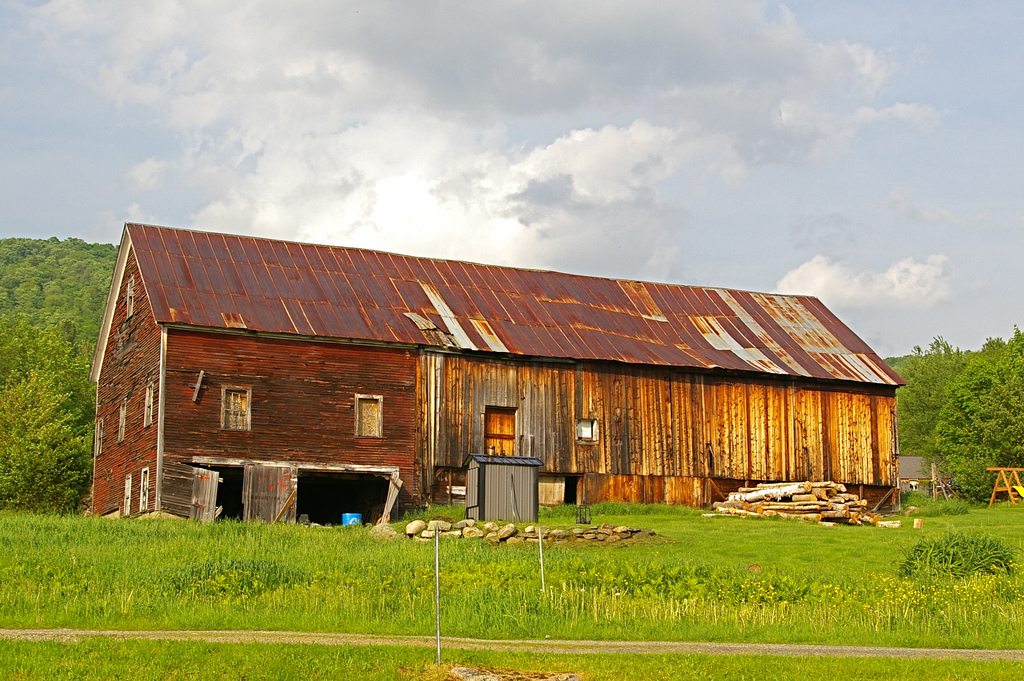By Jack Adams
Methamphetamine use made up about 2 percent of drug treatment episodes in Illinois in 2012, surpassed by substances like heroin, alcohol and marijuana, according to a report by the Roosevelt Consortium on Drug Policy.
Still, the number of Meth lab incidents in Illinois increased by 53 percent between 2010 and 2014, according to the DEA’s website.
“Right now heroin has become the number one problem that we have, but meth is up there,” said Michael Mokhoff, supervisor of the Springfield Drug Enforcement Agency.” It’s just as bad as cocaine and some of the other drugs that are coming through here.”
Paula Campbell founded the Macoupin County Anti-Meth Coalition in 2003. She said the reason for establishing the coalition was to replace missing state funding. Campbell even wrote letters to ¬¬the Illinois Attorney General’s office to support the passage of the 2008 Methamphetamine Precursor Control Act, which limited access to Pseudoephedrine, a key ingredient in meth production.
Campbell said people would still order Pseudoephedrine online, or go to Missouri where purchases weren’t tracked or limited as in Illinois, but the law helped.
“If you leave the door unlocked, any thief can come in,” Campbell said. “But if you leave the door locked, that thief may just move on to the next door.”
Meth is mostly a problem in rural Illinois, with the most meth lab incidents in southern or central Illinois.
Sherrie Crabb, executive director of the Family Counseling Center, a nonprofit that provides mental health services in southern Illinois, said meth use is tied to economics. Of the seven counties they serve, four had unemployment rates above 9 percent last year and the other three were above 7 percent. One of those counties, Union County, has continually had one of the higher rates of meth lab incidents.
“If there’s more economic opportunities for folks, then you’re going to see less drug use,” Crabb said.
In rural communities, like Macoupin, Campbell said waste from former meth labs and waste from active meth labs presents a danger to the community.
Campbell said the problem is so bad that some Boy Scout troupes stopped cleaning up roadside trash because anything might be a toxic byproduct of a meth lab.
“It’s sad because now we have more trash along the road,” Campbell said.


